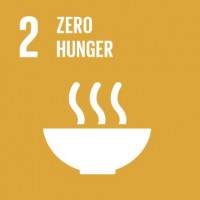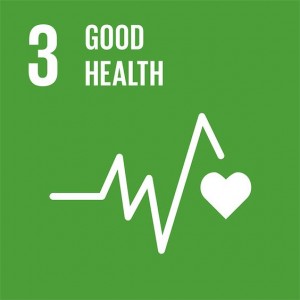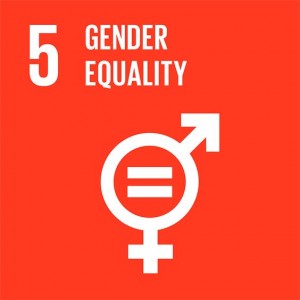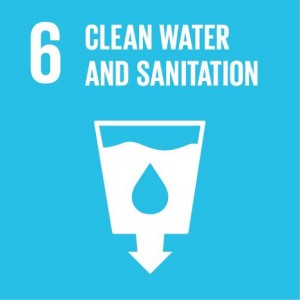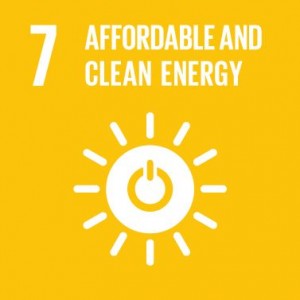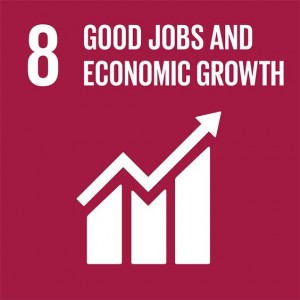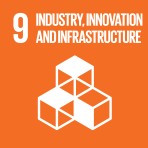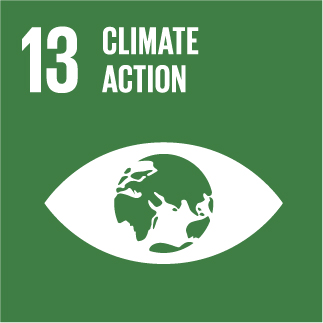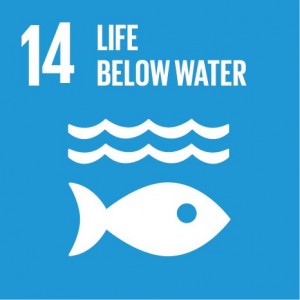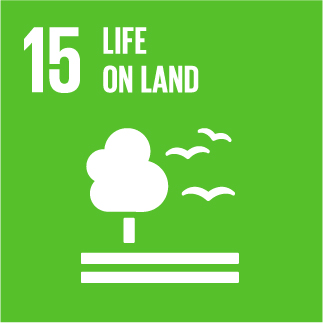Technological watch
Precise Detection of Nanoplastics in Biological Tissues
By Ibtisam AbbasiApr 28 2022Reviewed by Skyla BailyOwing to their tiny size, scanning problems hinder the comprehension of nanoplastic characteristics and toxicity. Researchers have published research in the journal focusing on overcoming the challenges and limitations of conventional imaging of nanoplastics, particularly low resolution and difficulty in differentiation from dyes.
Study: Single particle-resolution fluorescence microscopy of nanoplastics. Image Credit: bsd studio/Shutterstock.com
Pollution Caused by PlasticsThe awareness of plastic waste contamination and its possible consequences on organisms has drawn a lot of attention. The overwhelming majority of plastics manufactured are disposed of in landfills or the ecosystem. Plastic can shatter into tiny parts known as supplementary plastics once it enters the ecosystem due to mechanical, thermodynamic, as well as other breakdown causes.
STED-compatible dye labeling techniques (a) passive labeling with Atto 647N where the dye solution and the plastic are simply mixed together; (b) swell labeling with Atto 647N/iDye Poly Blue where the plastic is heated in the dye solution to swell the polymer matrix and allow the dye to enter the polymer matrix (with Atto 647N, THF, a solvent, is added to aid in swelling), after swelling the plastic is cooled and resuspended in DI water to deswell and remove excess dye; (c) covalent labeling by coupling NHS-functionalized Atto 647N to amine groups on functionalized plastic; (d) STED image of passively labeled 100 nm polystyrene beads with Atto 647N; (e) STED image of swell-labeled 100 nm polystyrene beads with Atto 647N; (f) STED image of swell-labeled 100 nm polystyrene beads with iDye Poly Blue; and (g) STED image of covalently labeled 100 nm PS beads with Atto 647N. Image Credit: Nguyen, B et al., Environmental Science Technology
Why Nanoplastics Have Not Been Addressed EffectivelyPlastic contamination in the lowest size fractions frequently dominates particulate concentrations in the atmosphere. Despite their prospective ubiquity, little understanding has been established regarding the neurotoxic consequences and processes of the tiniest particulates (i.e., nanoplastics), mostly because they are difficult to visualize in moist substrates such as biomolecules.
A Brief Introduction to Fluorescence MicroscopyFluorescence microscopy enables accurate and statistical identification of nanoparticles and biomolecules by precise labeling. As a result, fluorescence microscopy has been frequently employed to locate tagged microplastics utilized in environmental investigations in order to track absorption and probable translocation in biological organisms.
Microplastics are often big enough to be identified separately with microscopic observation, enabling the localization of fluorescently labeled nanoplastics even when there is a considerable interference signal from autofluorescence or chemical leakage.
Related Stories
Study: Single particle-resolution fluorescence microscopy of nanoplastics. Image Credit: bsd studio/Shutterstock.com
Pollution Caused by PlasticsThe awareness of plastic waste contamination and its possible consequences on organisms has drawn a lot of attention. The overwhelming majority of plastics manufactured are disposed of in landfills or the ecosystem. Plastic can shatter into tiny parts known as supplementary plastics once it enters the ecosystem due to mechanical, thermodynamic, as well as other breakdown causes.
STED-compatible dye labeling techniques (a) passive labeling with Atto 647N where the dye solution and the plastic are simply mixed together; (b) swell labeling with Atto 647N/iDye Poly Blue where the plastic is heated in the dye solution to swell the polymer matrix and allow the dye to enter the polymer matrix (with Atto 647N, THF, a solvent, is added to aid in swelling), after swelling the plastic is cooled and resuspended in DI water to deswell and remove excess dye; (c) covalent labeling by coupling NHS-functionalized Atto 647N to amine groups on functionalized plastic; (d) STED image of passively labeled 100 nm polystyrene beads with Atto 647N; (e) STED image of swell-labeled 100 nm polystyrene beads with Atto 647N; (f) STED image of swell-labeled 100 nm polystyrene beads with iDye Poly Blue; and (g) STED image of covalently labeled 100 nm PS beads with Atto 647N. Image Credit: Nguyen, B et al., Environmental Science Technology
Why Nanoplastics Have Not Been Addressed EffectivelyPlastic contamination in the lowest size fractions frequently dominates particulate concentrations in the atmosphere. Despite their prospective ubiquity, little understanding has been established regarding the neurotoxic consequences and processes of the tiniest particulates (i.e., nanoplastics), mostly because they are difficult to visualize in moist substrates such as biomolecules.
A Brief Introduction to Fluorescence MicroscopyFluorescence microscopy enables accurate and statistical identification of nanoparticles and biomolecules by precise labeling. As a result, fluorescence microscopy has been frequently employed to locate tagged microplastics utilized in environmental investigations in order to track absorption and probable translocation in biological organisms.
Microplastics are often big enough to be identified separately with microscopic observation, enabling the localization of fluorescently labeled nanoplastics even when there is a considerable interference signal from autofluorescence or chemical leakage.
Related Stories
- Study Demonstrate Pathway of Uptake, Transport of Nanoplastics in Plant Root
- Using FM-KPFM to Enhance Surface Detection
- https://pubs.acs.org/doi/10.1021/acs.est.1c08480
Disclaimer: The views expressed here are those of the author expressed in their private capacity and do not necessarily represent the views of AZoM.com Limited T/A AZoNetwork the owner and operator of this website. This disclaimer forms part of the Terms and conditions of use of this website.
Written by
Ibtisam AbbasiIbtisam graduated from Institute of Space Technology, Islamabad with a B.S. in Aerospace Engineering. During his academic careers, he has worked on several research projects and has successfully managed several co-curricular events like International World Space Week and International Conference on Aerospace Engineering. Having one English Prose competition during his undergraduate level, Ibtisam has always been keenly interested in research, writing and editing. Soon after his graduation, he joined the AzoNetwork as a freelancer to sharpen his skills. Ibtisam loves to travel especially visiting the countryside. He has always been a sports fan and loves to watch tennis, soccer and cricket. Born in Pakistan, Ibtisam one day hopes to travel all over the world creating strong bonds of friendships and spreading the message of peace and love.





